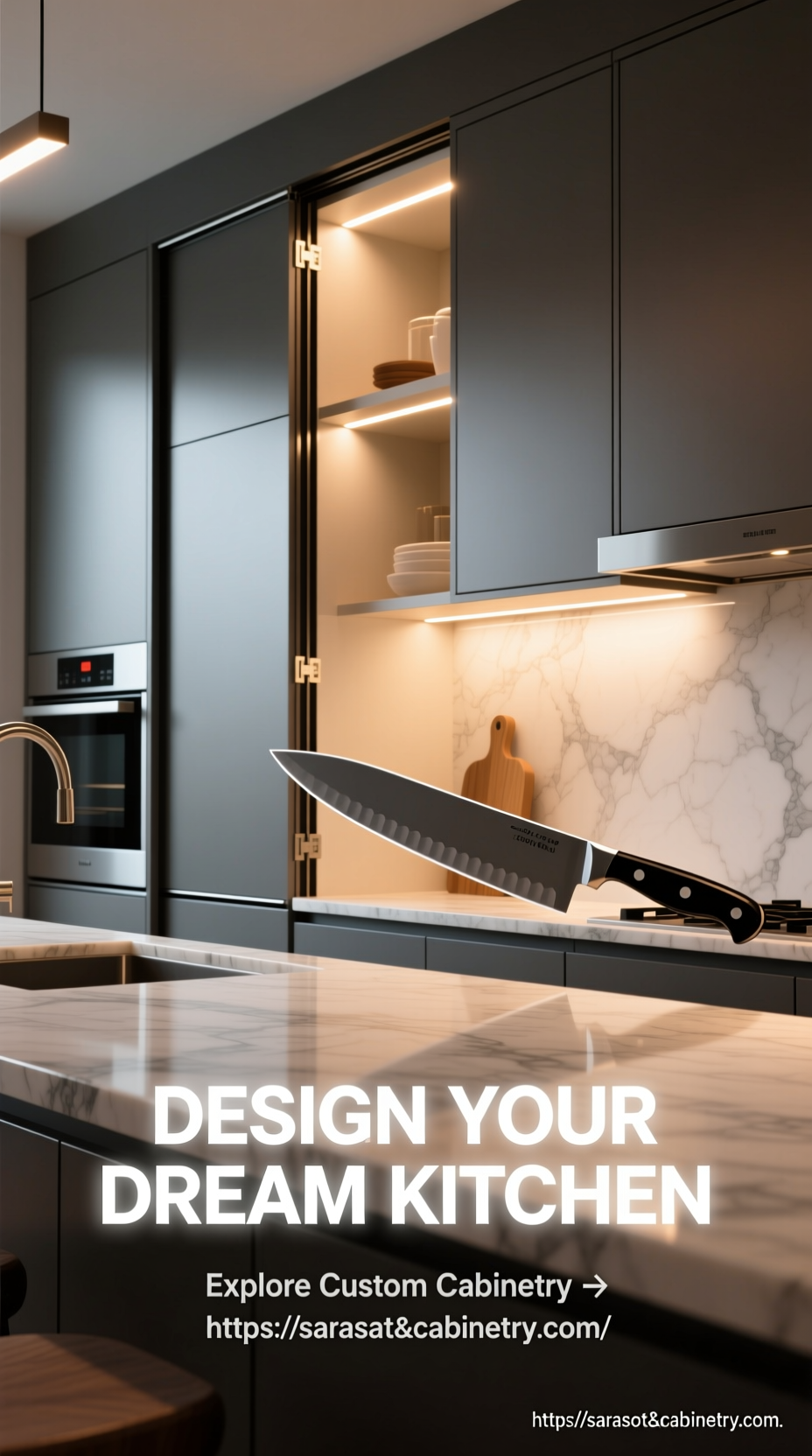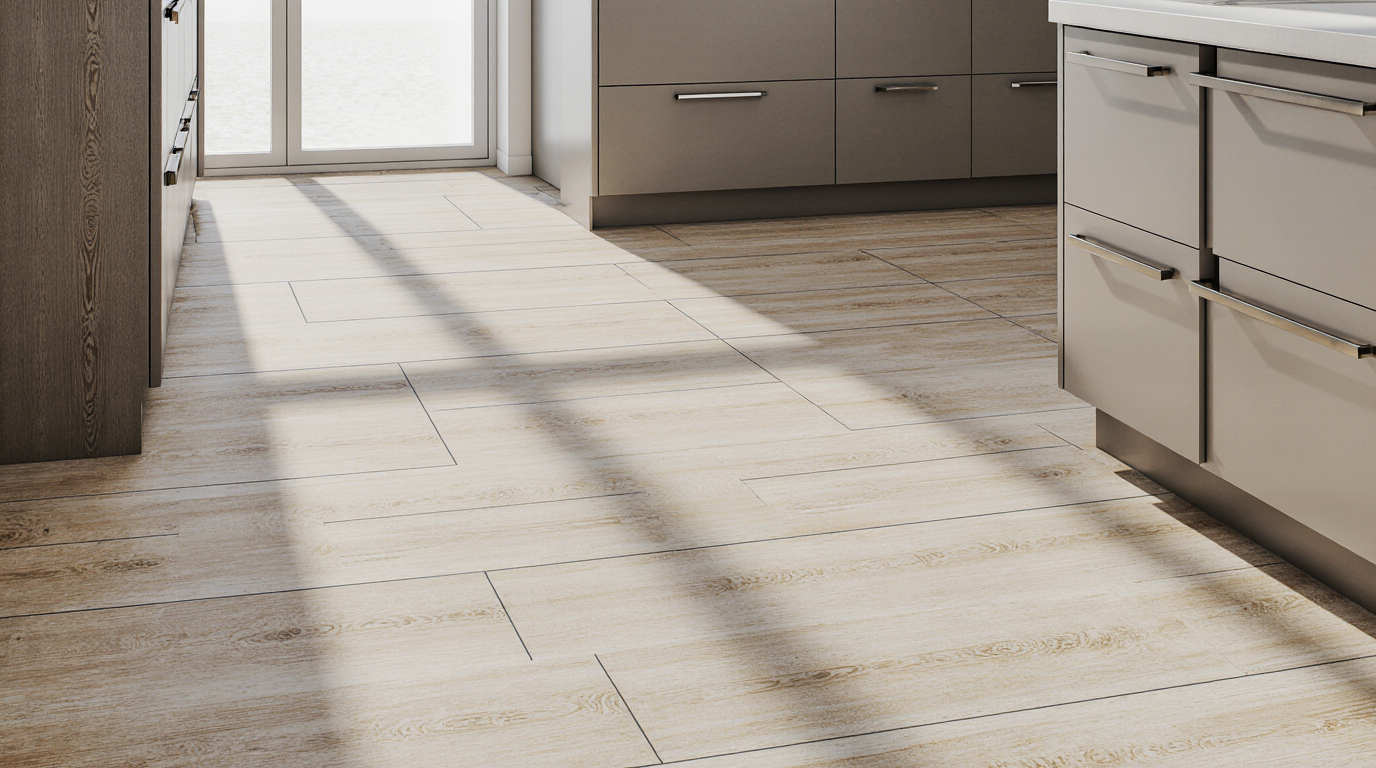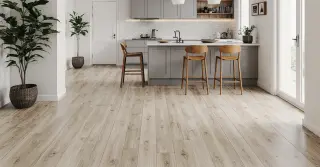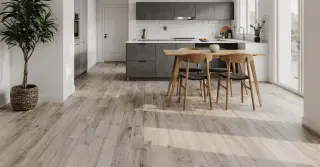Small Kitchen Flooring Ideas
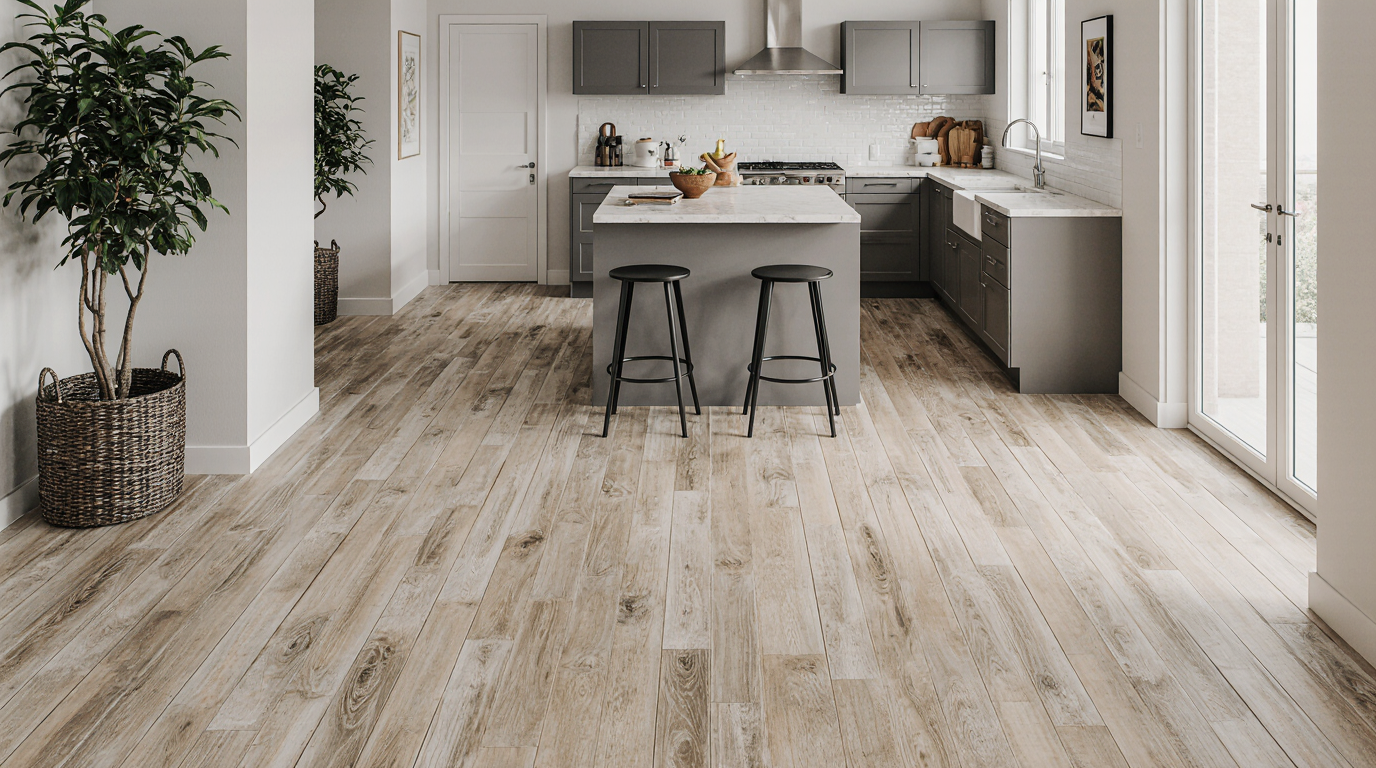
Small Kitchen Flooring Ideas: Transform Your Compact Space with Style and Functionality
Designing a small kitchen can feel challenging, but choosing the right flooring can significantly improve both its aesthetic charm and practicality. The foundation of any kitchen lies in its flooring, as it sets the tone for the entire space while resisting constant use. When planning your kitchen remodel, understanding the best flooring solutions for small kitchen flooring can optimize both spatial flow and comfort without compromising aesthetics.
One of the most adaptable options for compact kitchens is vinyl plank flooring. LVP delivers a harmonious mix of resilience, moisture protection, and style versatility. It creates the appearance of premium materials without the expense and is low maintenance. For small spaces, LVP can make the area feel more cohesive, especially when continued seamlessly into nearby areas, amplifying perceived space. Its ability to withstand kitchen accidents makes it ideal for kitchen environments, ensuring your investment remains pristine for years.
Another outstanding choice for small kitchen flooring is ceramic or porcelain tile. These materials are highly durable, easy to maintain, and visually versatile. From muted shades to bold designs, tiles can transform a modest kitchen into a stylish statement. In compact kitchen designs, opting for bright colors and glossy surfaces can enhance spatial perception. Patterns such as diagonal layouts or geometric designs add depth and character, creating the illusion of a larger footprint. Tiles also ensure practical, sanitary flooring, which is perfect for spaces with constant activity.
Engineered hardwood remains a favored option for homeowners seeking style with comfort in a small kitchen. Unlike classic hardwood, engineered varieties are less prone to warping and stay dimensionally stable. Choosing slim boards or pale finishes can make the kitchen feel larger while maintaining a luxurious atmosphere. The subtle grains and textures of engineered hardwood add a tactile quality to the kitchen, making the floor not just useful and a stylistic focal point. Its classic beauty ensures that your kitchen retains sophistication despite trends.
For those who favor a green alternative, bamboo flooring presents a renewable and elegant choice. Bamboo is durable, moisture-resistant, and visually appealing, complementing various kitchen styles from sleek to traditional. Its elongated texture visually stretches the space, improving visual continuity. Additionally, bamboo’s renewable nature makes it a responsible choice for those who value both practicality and ecological responsibility. Incorporating bamboo into a small kitchen can subtly balance elegance with conscious living, giving the space an warm, eco-chic feeling.
Cork flooring is another creative option that combines cushioning, coziness, and toughness. Its soft texture eases foot and joint strain, a practical advantage in kitchens where extended cooking sessions occur. Cork’s heat retention makes it cozy make the kitchen cozier in colder months. It also minimizes noise for a calmer environment. For a small kitchen, cork can be used with pale hues and mirrored elements to enhance openness while maintaining warmth.
For homeowners with financial constraints, laminate flooring offers an cost-effective and versatile option. Modern laminates can convincingly imitate wood, stone, or tile textures while ensuring quick setup and minimal upkeep. Selecting laminates with soft even shades can help a small kitchen feel brighter and more spacious. Additionally, its wear-resistant finish make it a smart selection for active kitchens. Laminate’s adaptability ensures that even in compact spaces, homeowners can achieve a high-end appearance, offering style without high investment.
Pattern and texture play a crucial role in small kitchen flooring design. Diagonal installations, herringbone layouts, or chevron patterns can create the illusion of a wider or longer room. Textured finishes such as embossed vinyl or laminate planks add visual interest, keeping the space dynamic. Choosing complementary tones for countertops, cabinets, and backsplashes further enhances cohesion, making the small kitchen feel well-composed and expansive.
Lighting also plays a major role in perception of flooring. Reflective or lighter-colored surfaces can enhance brightness and openness. Conversely, intense colors offer stylish depth, which can be balanced with strategic lighting solutions like under-cabinet LEDs or pendant lights. In either scenario, the flooring should complement and elevate the kitchen’s overall ambiance, acting as both a functional and aesthetic cornerstone.
Finally, practical considerations such as resilience, maintenance, spill resistance, and protection should guide the final decision. Kitchens are subject to heavy use, so selecting a floor that withstands spills, heavy appliances, and daily wear is paramount. Combining functionality with beauty ensures that your small kitchen flooring delivers long-term beauty and functionality, transforming even the tiniest layout into a sophisticated and functional space. By mindfully coordinating textures, hues, and motifs, homeowners can achieve a kitchen floor that is efficient and beautiful, proving that even small kitchens can achieve remarkable impact.

